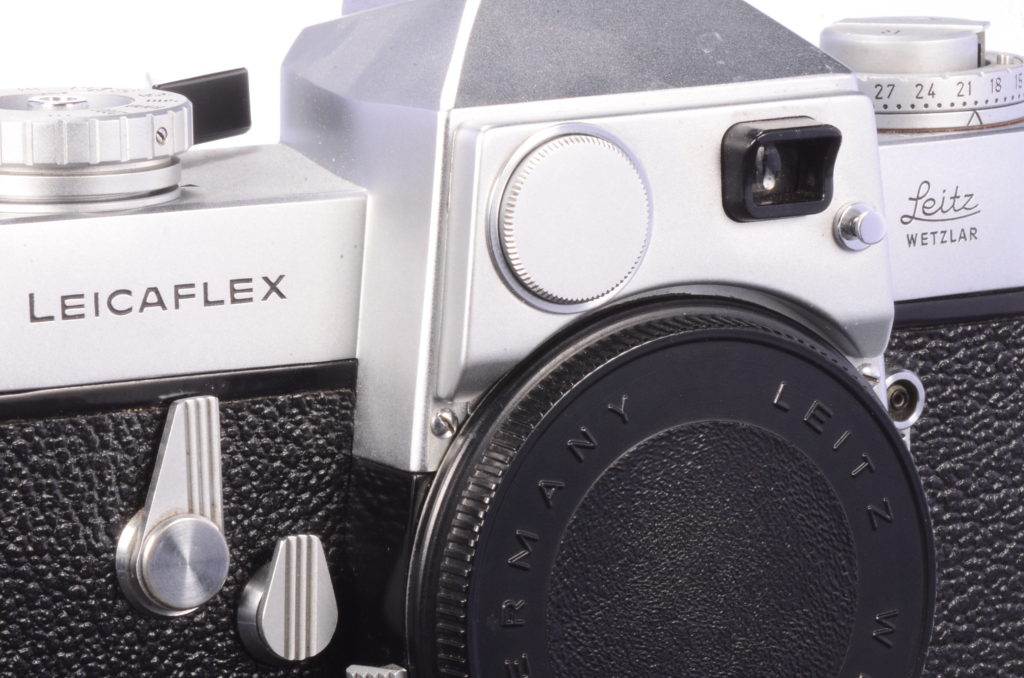We all know Leica. Fantastic cameras; beautifully engineered; designed by infallible German engineers …
Leica launched its first SLR in 1964, half a decade after Nikon introduced the groundbreaking F.
One thing both cameras had in common was a non-TTL meter. You can see the metering sensor mounted on the top corner of the camera’s prism housing. Leica incorporated a shield around the light cell to prevent direct sunlight giving incorrect readings.
At its launch Leica also announced a range of SLR lenses, produced in a silver finish that was common/fashionable at the time.
However, soon afterwards, users reported issues with erratic exposure readings especially in bright conditions. Initially Leica was perplexed, afterall the light cell was shielded so direct sunlight couldn't be affecting the light readings, could it?
But then the penny (or should I say Pfennig) dropped. Sunlight was in fact reflecting from the top of the silver lenses directly into the metering window!
Leica’s red-faced designers soon found a solution however and relaunched its lenses in a far-less reflective black finish! Which, incidentally, was the finish chosen by Nikon from the start!
We use cookies to make your experience better. To comply with the new e-Privacy directive, we need to ask for your consent to set the cookies. Learn more.

